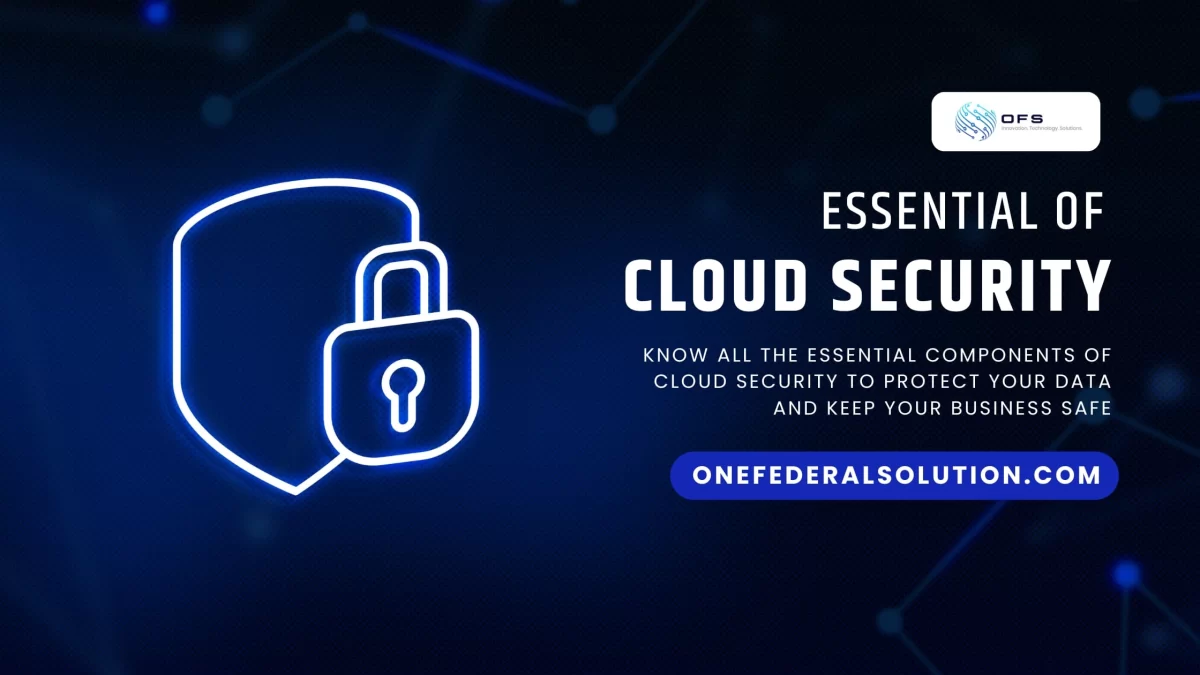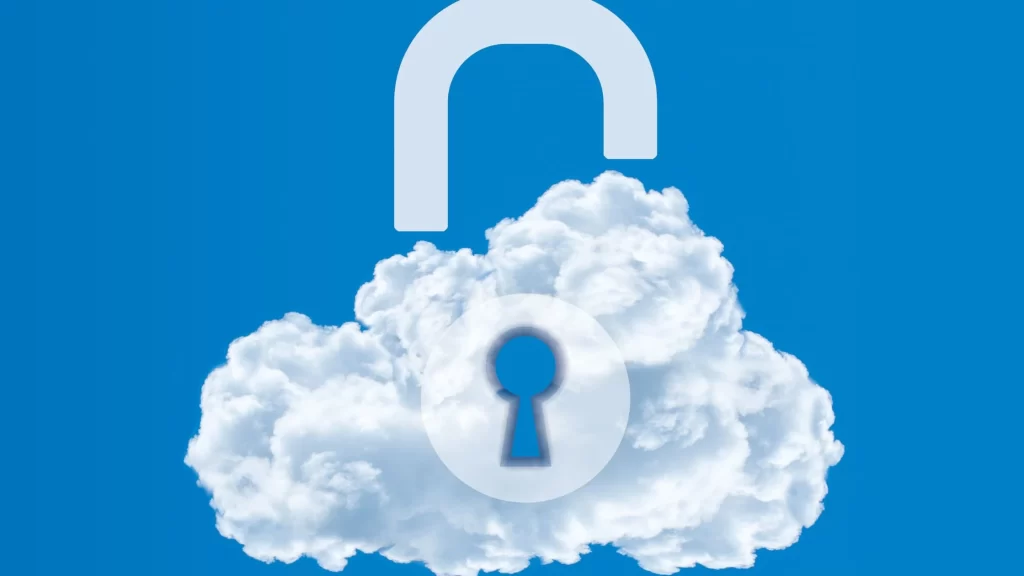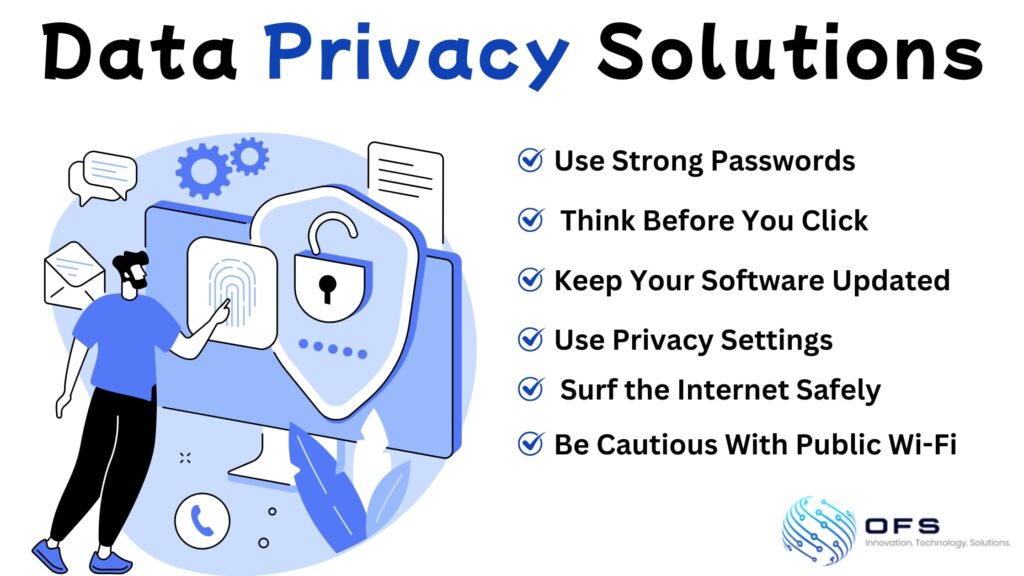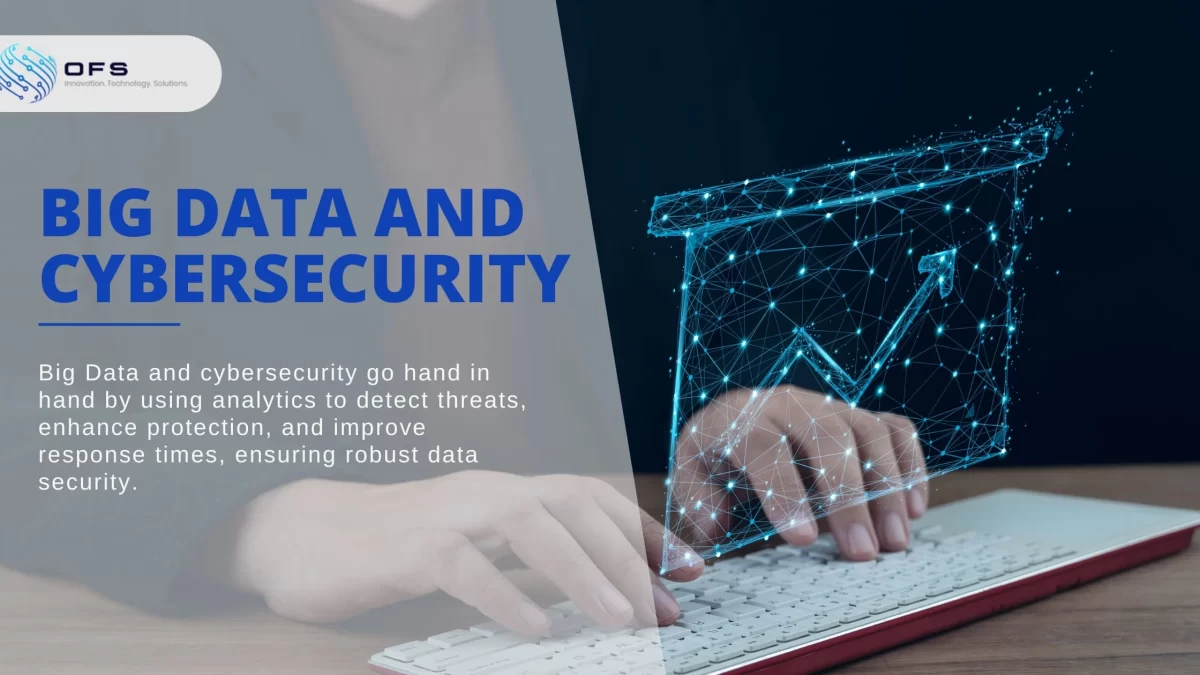In 2025, cybersecurity has shifted from being just a tech concern to a top business priority. Whether you’re a small subcontractor or a major vendor, understanding and meeting cybersecurity compliance is critical to winning and keeping federal contracts.
This guide explains what cybersecurity compliance is, why it matters, the new rules for 2025, and how federal contractors can stay compliant.
What is Cybersecurity Compliance and Why is It Important?
In simple terms, it’s the practice of following specific cybersecurity rules and standards to protect information systems and data. These rules are often set by the government or industry regulators to reduce the risk of cyberattacks.
For federal contractors, compliance often means protecting Federal Contract Information (FCI) and Controlled Unclassified Information (CUI).
So, why is cybersecurity compliance important?
The stakes are high.
A cyberattack on a federal contractor doesn’t just harm the contractor — it can put national security at risk.
Leaks of sensitive data or breaches of government systems can damage entire supply chains. That’s why the Department of Defense (DoD), Department of Justice (DOJ), and other federal agencies are cracking down on non-compliance.
Failing to meet cybersecurity standards can lead to lost contracts, fines, reputational damage, or even lawsuits under the DOJ’s Civil Cyber-Fraud Initiative.
2025: A New Era of Cybersecurity Rules
2025 has brought several key changes in how cybersecurity compliance is managed for federal contractors. It’s now more streamlined but also more demanding in terms of accountability.
CMMC 2.0 – The New Framework for DoD Contractors
The Cybersecurity Maturity Model Certification (CMMC) 2.0 is the cornerstone of federal cybersecurity compliance in 2025. It applies mostly to DoD contractors, and its goal is to protect sensitive government information within the defense supply chain.
There are three levels in CMMC 2.0:
- Level 1 (Foundational): For companies handling FCI. This involves an annual self-assessment following 15 security requirements from FAR Clause 52.204-21.
- Level 2 (Advanced): For those handling CUI. This level maps to NIST SP 800-171 Rev. 2 and includes either a self-assessment (every three years) or a third-party assessment, along with yearly affirmations of compliance.
- Level 3 (Expert): Still being finalized, this level is meant for contractors working with highly sensitive data. It will rely on NIST SP 800-172 and require government-run audits.
The DoD is still working to adapt to NIST SP 800-171 Rev. 3, which was released in 2024. For now, contractors should continue to comply with Rev. 2.
New FAR Clauses to Watch
The Federal Acquisition Regulation (FAR) is evolving, too.
Besides the long-standing FAR 52.204-21, which requires basic cybersecurity measures, the FAR Council is introducing new clauses for CUI management and cyber incident reporting. These include requirements to follow NIST SP 800-171 Rev. 2, maintain a detailed System Security Plan (SSP), and report cyber incidents involving CUI within 8 hours of discovery.
These FAR updates mean that more contractors — not just those working with the DoD — will have to meet cybersecurity compliance standards.
Vulnerability Disclosure Takes Center Stage
The Federal Contractor Cybersecurity Vulnerability Reduction Act of 2025 requires contractors with federal projects worth $250,000 or more to establish Vulnerability Disclosure Programs (VDPs). These programs allow ethical hackers to report security flaws before they can be exploited, helping companies patch issues quickly. This new requirement is based on NIST SP 800-216 and is a sign that proactive cyber defense is now the expectation.
How to Master Compliance in 2025
Meeting all these requirements may sound overwhelming, especially for smaller businesses. But with a clear roadmap, it’s manageable. Here’s how contractors can align their practices with 2025 standards:
Step 1: Conduct a Gap Analysis
Start by figuring out where you stand. Compare your current security setup with the requirements of CMMC, FAR clauses, and NIST 800-171. A gap analysis identifies weak spots and areas that need immediate attention. Many federal contractors turn to cybersecurity compliance consulting services for expert support in this process.
Step 2: Build a Solid System Security Plan (SSP)
An SSP outlines how your systems are configured and how they meet security requirements. This document is essential for showing your commitment to compliance — and for improving your Supplier Performance Risk System (SPRS) score. A detailed Plan of Action & Milestones (POA&M) is also needed to track how you’ll fix remaining issues.
Step 3: Strengthen Core Security Controls
Focus on the following control areas:
- Access Control: Use role-based access, enforce multi-factor authentication (MFA), and apply the principle of least privilege.
- Incident Response: Have a clear plan for responding to cyberattacks and meet all reporting deadlines.
- Data Protection: Encrypt sensitive data both at rest and in transit. If handling CUI, use government-approved cloud services like Microsoft 365 GCC High.
- Vulnerability Management: Regularly scan for system weaknesses, patch vulnerabilities quickly, and manage threat exposure.
Step 4: Commit to Continuous Monitoring
Cybersecurity compliance is not a one-time project. It’s an ongoing effort. Contractors need to keep systems updated, monitor network traffic, and improve policies based on changing threats. Continuous monitoring is a vital part of cybersecurity governance, risk, and compliance strategies in 2025.
Step 5: Train Your Team
People are often the weakest link in cyber defense. That’s why employee awareness is crucial. Offer regular training on password safety, email phishing, handling sensitive data, and basic cyber hygiene. A well-trained team is one of your best defenses.
Partnering with Cybersecurity Compliance Experts
If all of this seems too complex to manage on your own, you’re not alone. Many federal contractors partner with a cybersecurity compliance company or seek cybersecurity compliance consulting to help meet their obligations.
These experts offer a full range of cybersecurity compliance services, from preparing documentation to setting up monitoring tools and managing certification audits. They also help interpret complex regulations and tailor cybersecurity compliance solutions to your specific operations.
Partnering with a trusted provider can accelerate your readiness and reduce your overall cybersecurity risk, making you a stronger and more attractive partner for federal contracts.
Final Thoughts: Be Ready, Stay Secure
The cybersecurity landscape for federal contractors in 2025 is complex but manageable. Understanding what compliance is in cybersecurity — and executing it correctly — is no longer optional. It’s a business necessity.
With updated rules from CMMC 2.0, evolving FAR clauses, and the new Vulnerability Disclosure Act, contractors must take a proactive, well-documented approach to cybersecurity. The goal is not just to check off boxes for compliance, but to build resilience, trust, and long-term success in working with the federal government.
By making cybersecurity compliance a foundational part of your operations, you not only meet today’s requirements — you position your organization for growth, security, and future readiness. In a world where digital threats are everywhere, staying compliant means staying competitive.






















